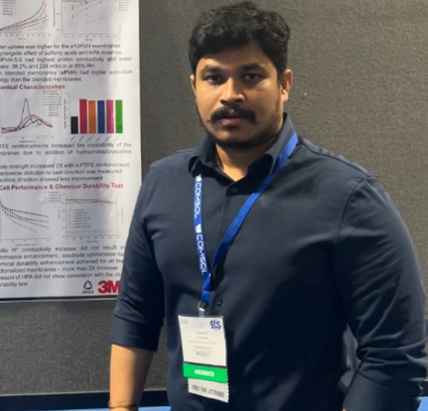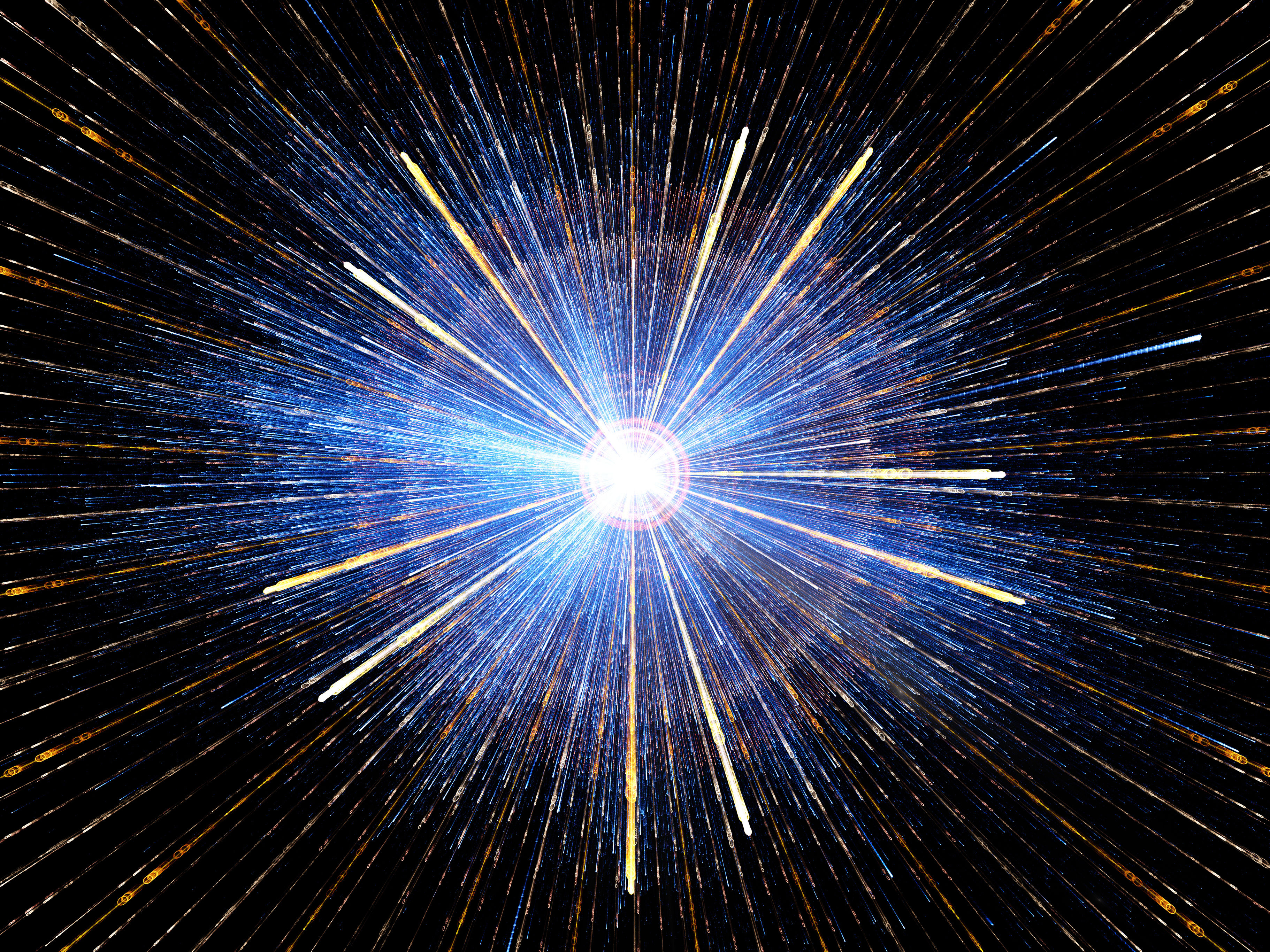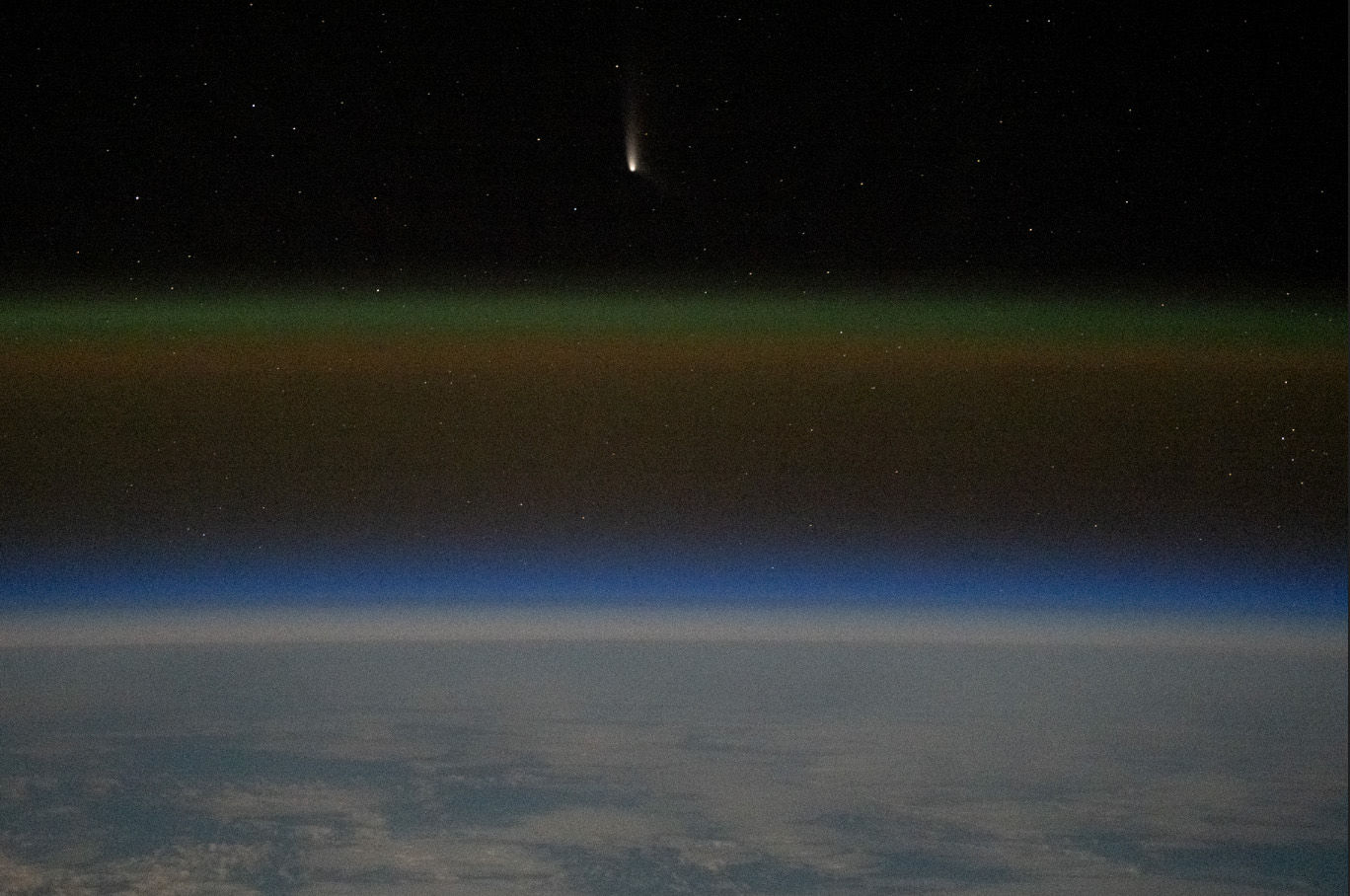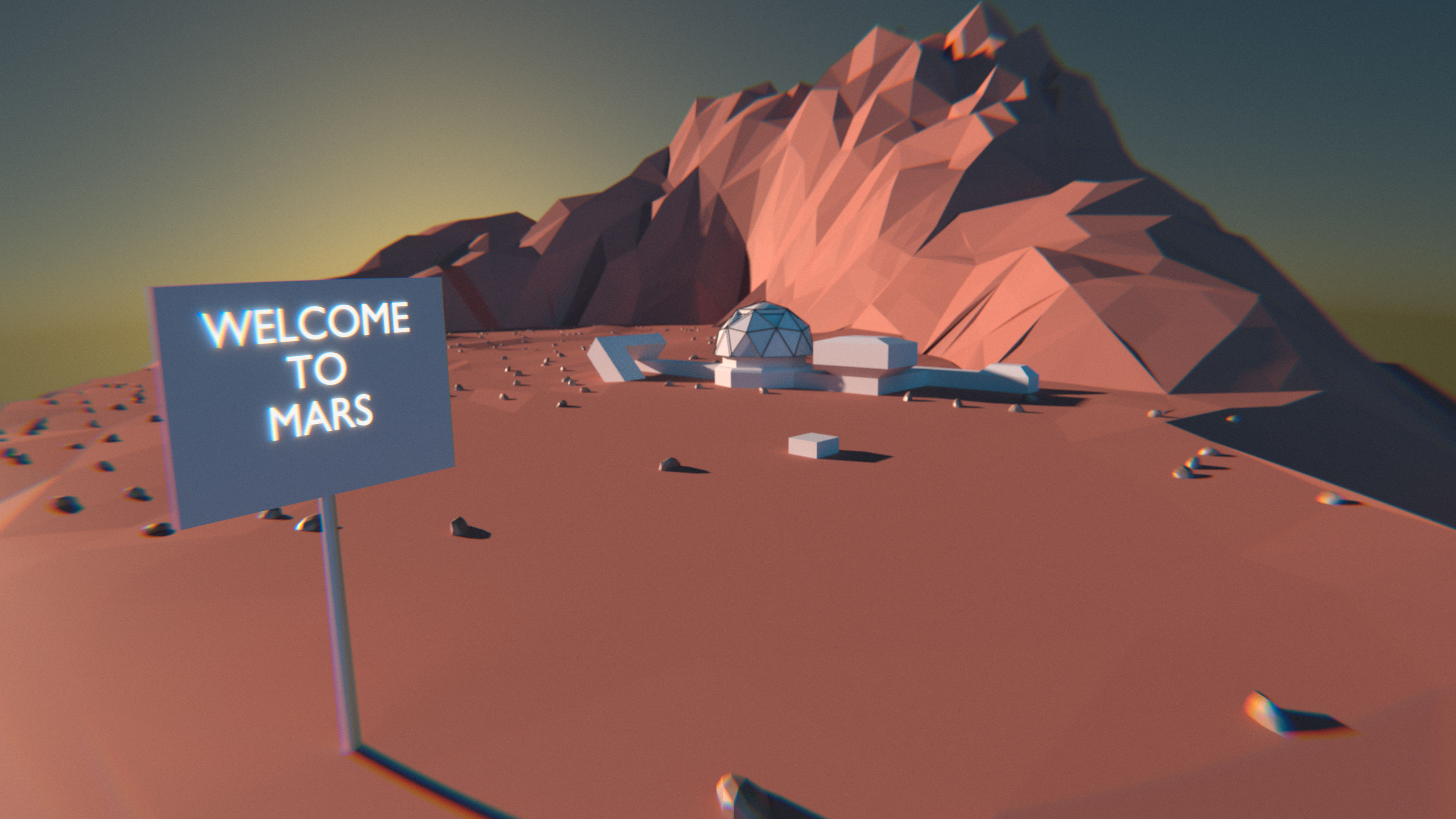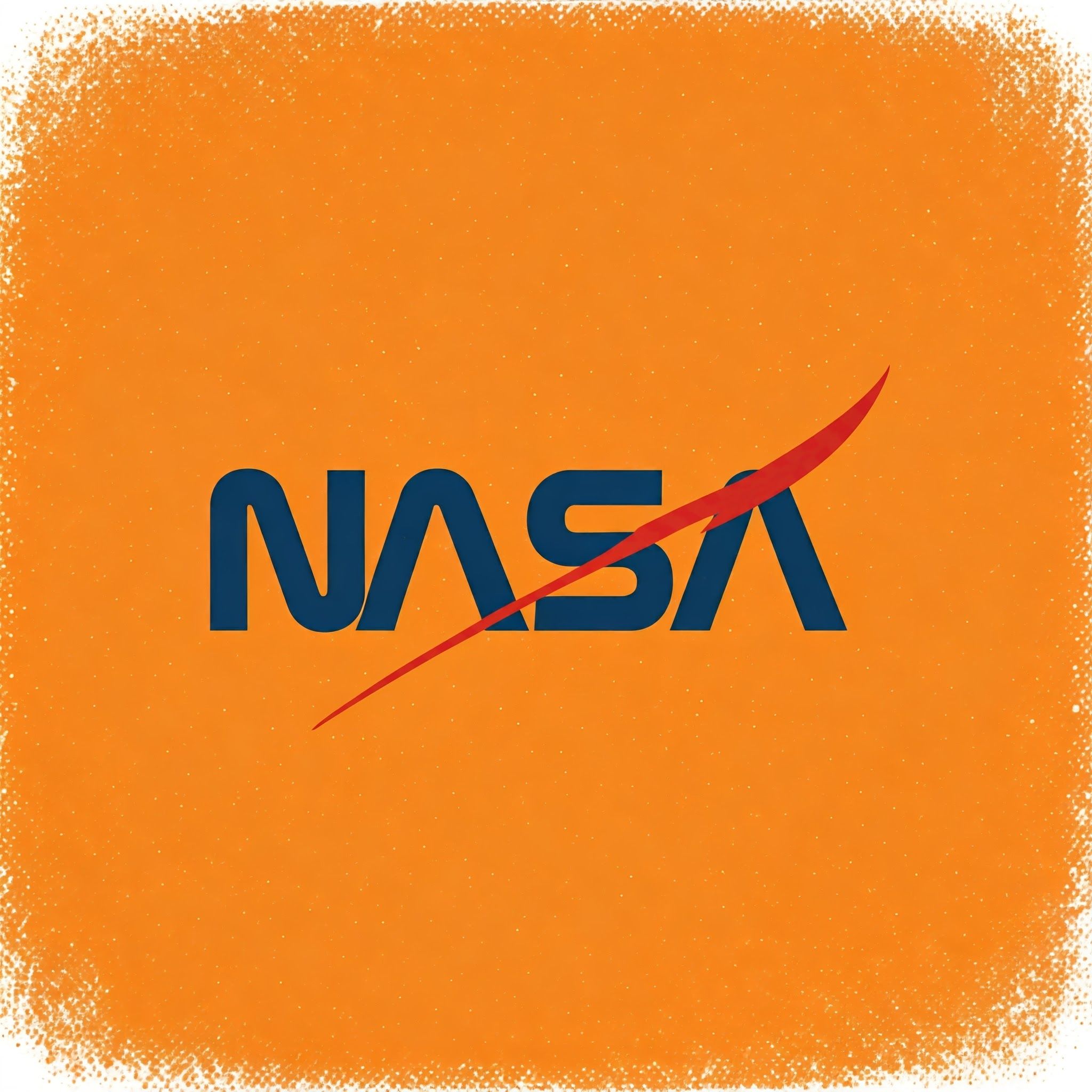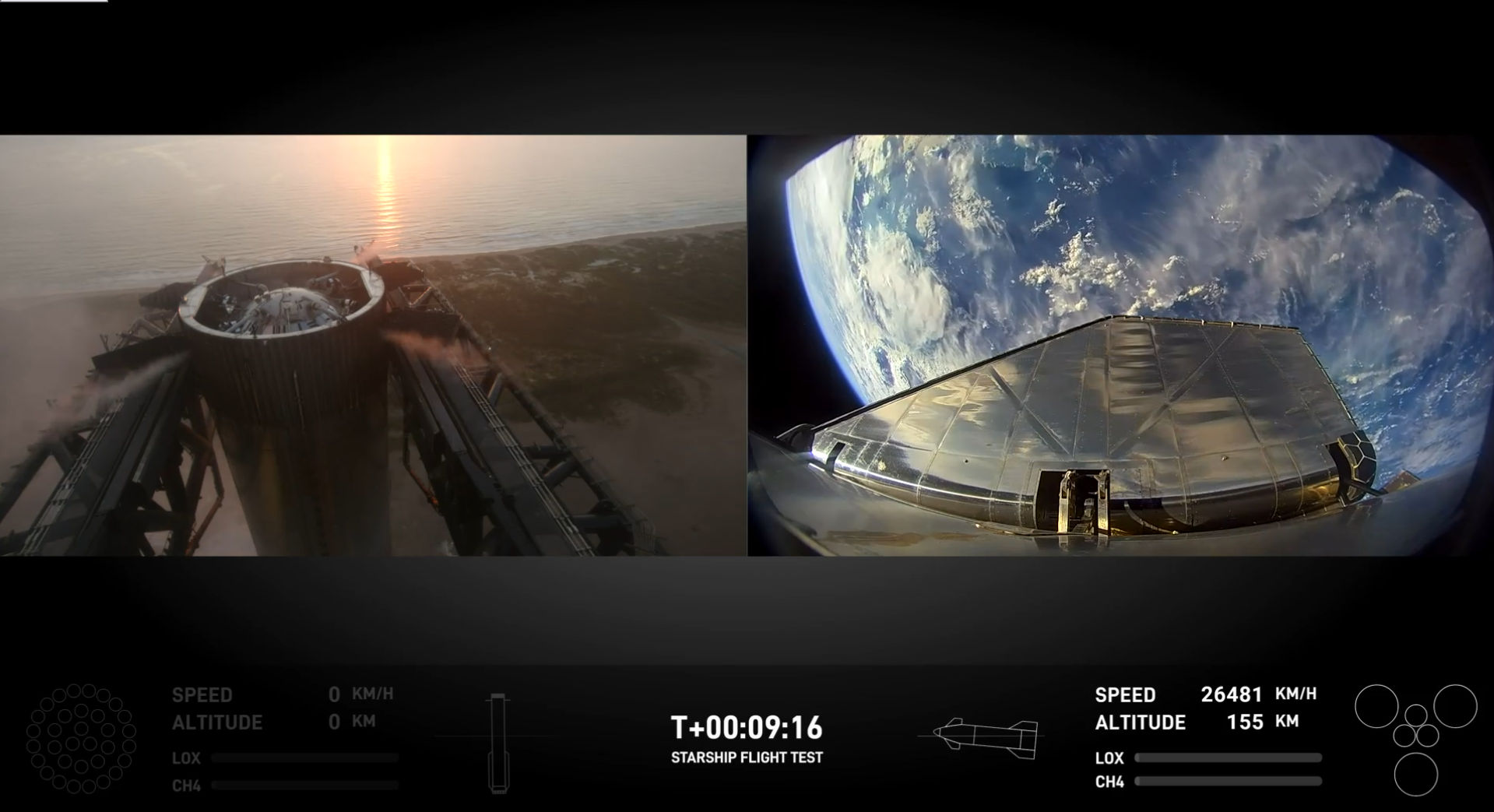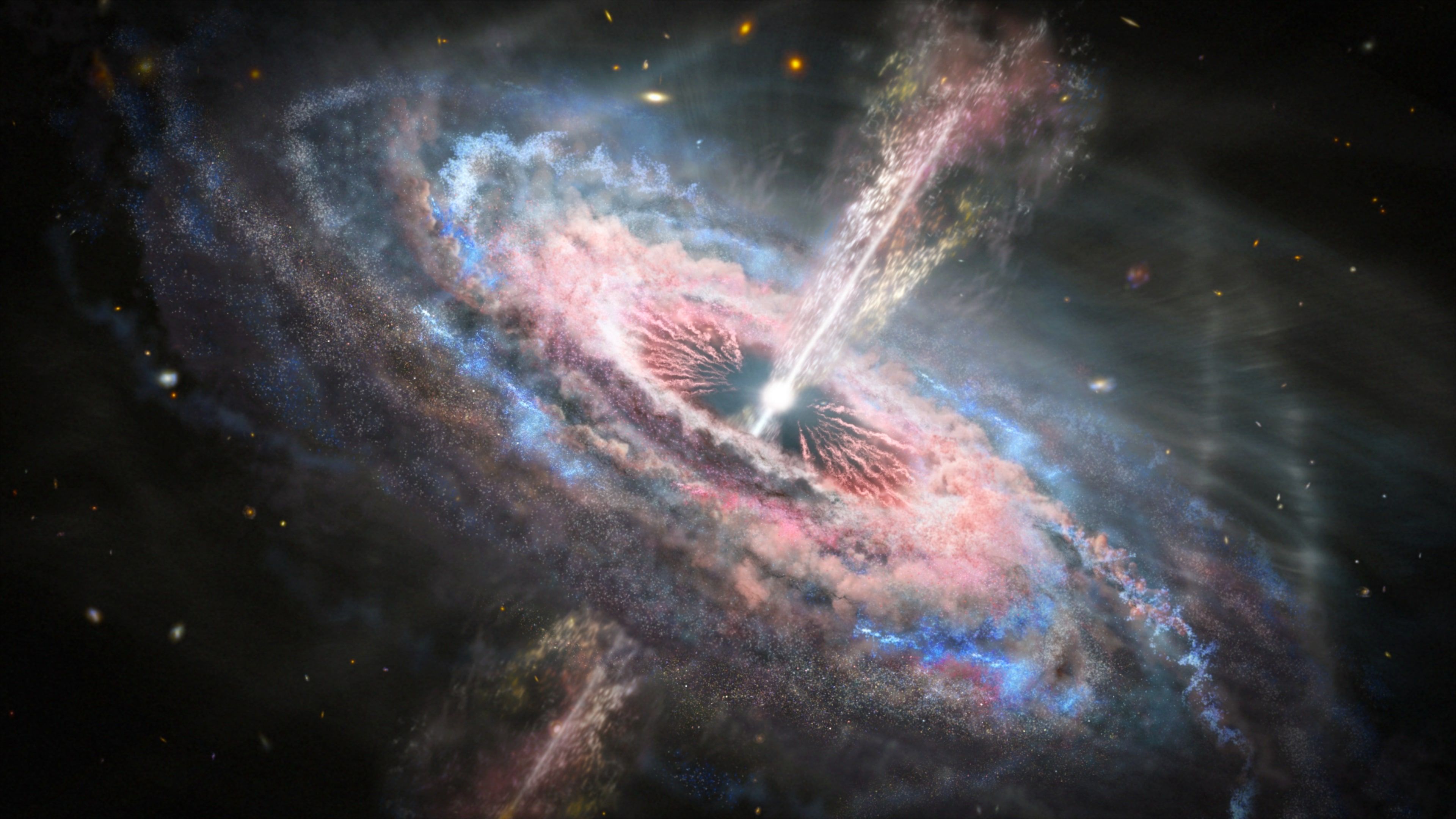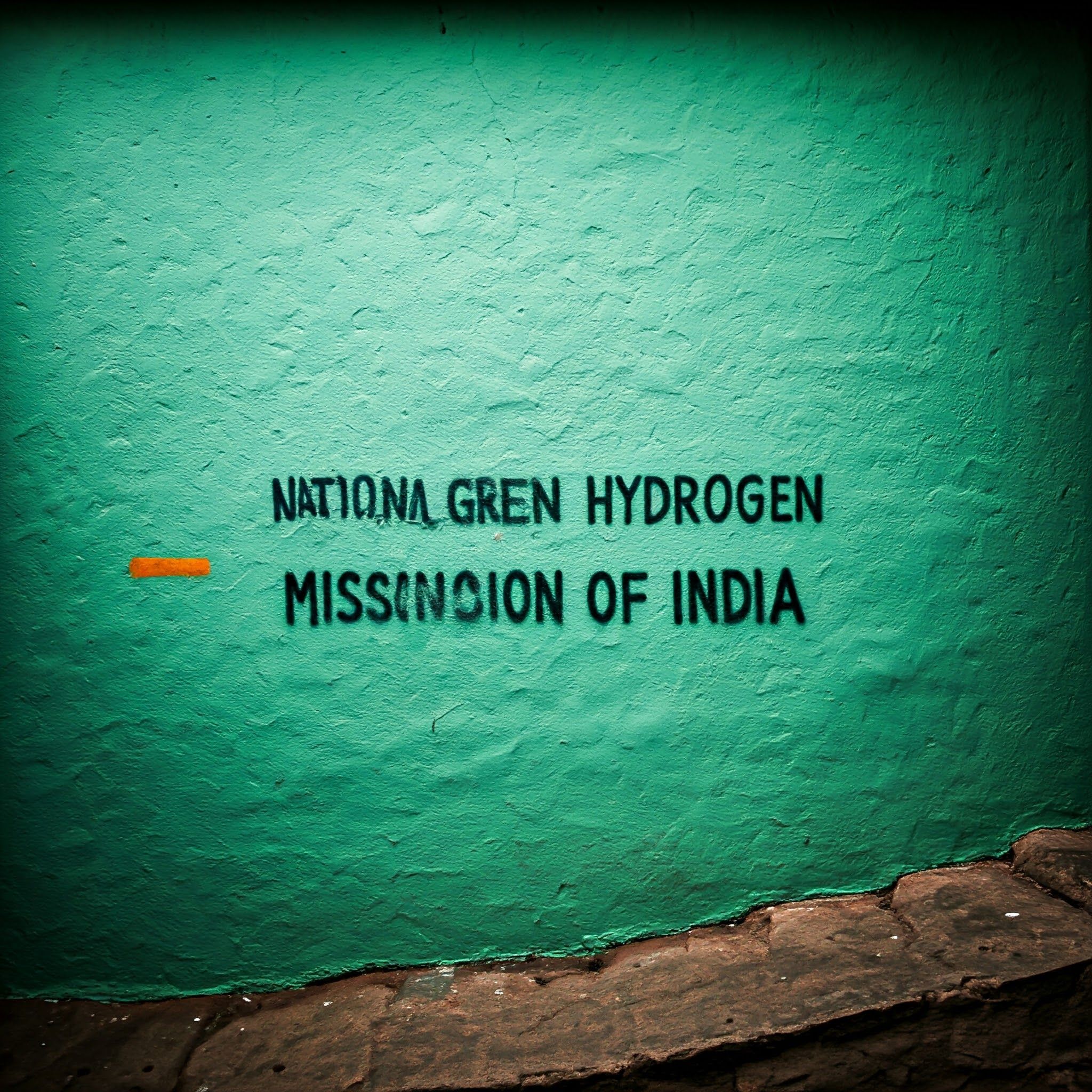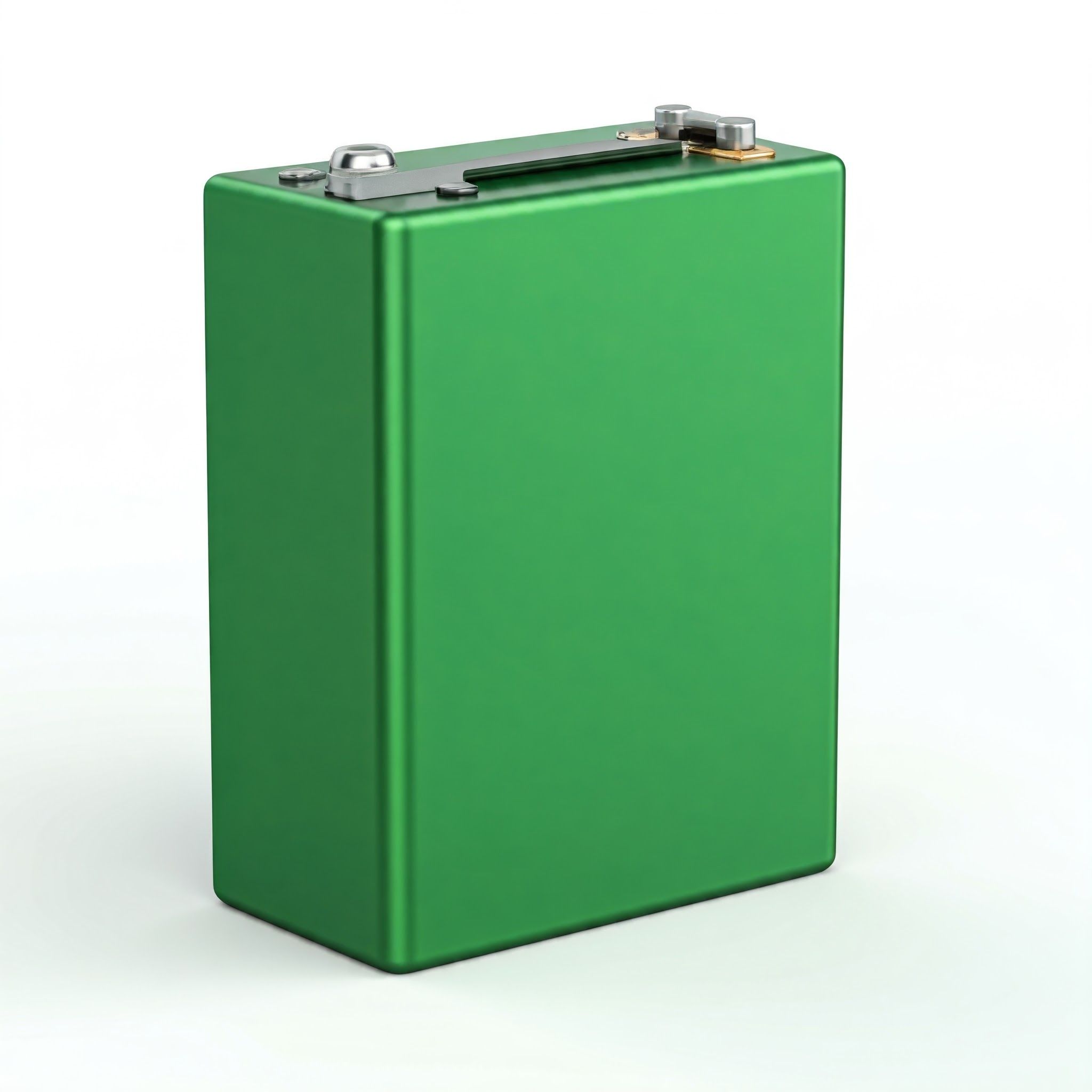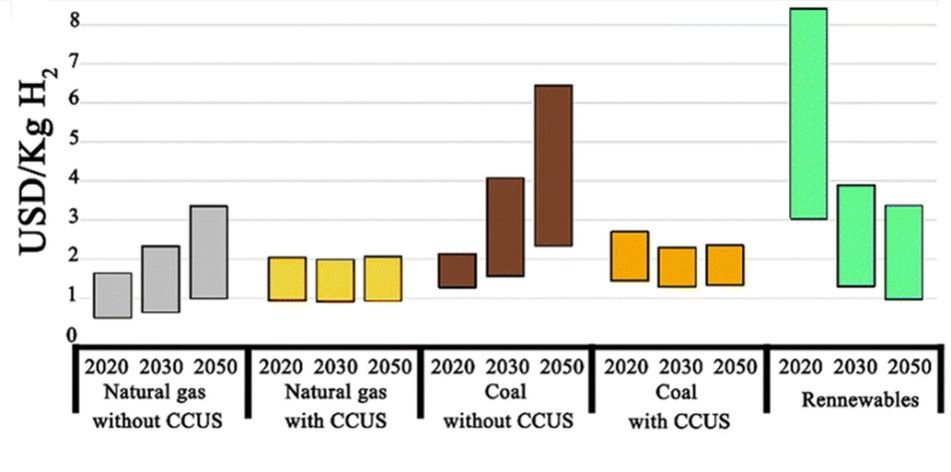NASA's Europa Clipper Embarks on a Historic Mission to Investigate Jupiter's Mysterious Moon
NASA's Europa Clipper Embarks on a Historic Mission to Investigate Jupiter's Mysterious Moon
NASA's Europa Clipper has begun a pioneering mission to investigate Europa, one of Jupiter's most fascinating moons. The anticipated voyage commenced at 12:06 p.m. EDT, when the spacecraft was launched via a SpaceX Falcon Heavy rocket from Launch Pad 39A at NASA’s Kennedy Space Center in Florida. The Europa Clipper, NASA's biggest spacecraft constructed for an interplanetary mission, seeks to determine if the extensive subsurface ocean of this frozen moon possesses the conditions required for supporting life.
The Mission's Bold Goals
The first NASA mission aimed at an ocean world outside Earth is the Europa Clipper, which is devoted to research of Europa. Examining the moon's ice exterior, sparse atmosphere, and deep interior helps one to determine whether its climate would be friendly for life. About the same size as Earth's moon, Europa has a subterranean ocean with more water than all the seas on Earth taken together. Previous NASA Galileo mission data indicated that this ocean is salted and may potentially include organic chemicals and energy sources, therefore implying the possibility of habitability. Declaring, "NASA leads the world in exploration and discovery, and the Europa Clipper mission is no different," NASA Administrator Bill Nelson underlined his enthusiasm about the project. Europa Clipper will enable us to better grasp if life exists not just within our solar system but among the billions of moons and planets outside our Sun by exploring the unknown.
Before arriving to its target in the Jupiter system, the Europa Clipper will fly an amazing 1.8 billion miles (2.9 billion km). Gravity aids will be used to slingshot its way into space, first passing Mars in four months, then returning to Earth for another gravity assist in 2026. The spacecraft will finally reach Jupiter in April 2030 from its advanced trajectory. Europa Clipper will fly 49 times around Europa once in orbit, some of which get it as close as 16 miles (25 kilometers) above the ice surface of the moon.
An Engineering Marvel
Europa Clipper is a true engineering marvel, spanning 100 feet (30.5 meters) from end to end with its solar arrays fully extended—the largest solar arrays NASA has ever used for an interplanetary mission. The spacecraft, loaded with fuel, weighs approximately 13,000 pounds (5,900 kilograms). Equipped with nine scientific instruments, including an ice-penetrating radar, cameras, and a thermal detector, Europa Clipper will perform detailed studies of Europa’s icy crust, search for warmer regions where liquid water may be closer to the surface, and investigate any recent eruptions of water plumes.
Mission’s science objectives
Determining the Thickness of Europa's Icy Shell
The spacecraft will investigate the structure and dynamics of the shell by means of ice-penetrating radar, therefore illuminating its interaction with the underlying ocean.
Investigating Composition
Instruments will examine the chemical composition of the moon's surface, pointing out molecules that could indicate the existence of conditions sustaining life.
As Nicky Fox, associate administrator for NASA's Science Mission Directorate, put it, “Europa Clipper’s scientific discoveries will build upon the legacy that our other missions exploring Jupiter—including Juno, Galileo, and Voyager—created in our search for habitable worlds beyond our home planet.”
A Potential Ocean World with Habitable Conditions
The possibility of life on Europa depends on a number of variables. Like deep-sea vents on Earth, where life flourishes, hydrothermal activity may warm its subterranean ocean, which is shielded from Jupiter's intense radiation by the thick frozen shell. The sensors on board the Europa Clipper are intended to look for indications of this kind of activity and evaluate the moon's potential for astrobiology. In addition to confirming that Europa is habitable, this mission may help us learn more about other ocean planets in our solar system, including Titan and Enceladus, the moons of Saturn, and potentially beyond. The Europa Clipper mission will improve the hunt for life in distant parts of the galaxy by describing the moon's surroundings.
Initial Milestones
About five minutes after launch, the second stage of the rocket ignited, and the cargo fairing opened to show the Europa Clipper spaceship. The spacecraft separated from the rocket after about an hour, and managers on the ground got a signal indicating that it was healthy. At 1:13 p.m., two-way contact was made with NASA's Deep Space Network in Canberra, Australia. This was the start of the long journey for the spacecraft.
The project lead at NASA's Jet Propulsion Laboratory (JPL), Jordan Evans, talked about how important this event was: "This launch is more than just the next step in our exploration of the solar system. It's a giant step toward discovering the mysteries of another ocean world. We're doing this because we're all curious and want to know, 'Are we alone?'"
A Collaborative Effort
The Europa Clipper project is the product of substantial collaboration across several NASA facilities and partners. The spacecraft was created under the auspices of Caltech's NASA JPL, in collaboration with the Johns Hopkins Applied Physics Laboratory (APL) and many NASA sites, including Goddard, Marshall, and Langley. The mission exemplifies the diligent efforts of more than 4,000 persons since its endorsement in 2015, highlighting a collaborative endeavor to further the frontiers of space exploration.
A SpaceX Falcon Heavy rocket carrying NASA’s Europa Clipper spacecraft lifts off from Launch Complex 39A at NASA’s Kennedy Space Center in Florida at 12:06 p.m. EDT on Monday, Oct. 14, 2024.
Image Credits: NASA/Kim Shiflett
Sources and For More Information
